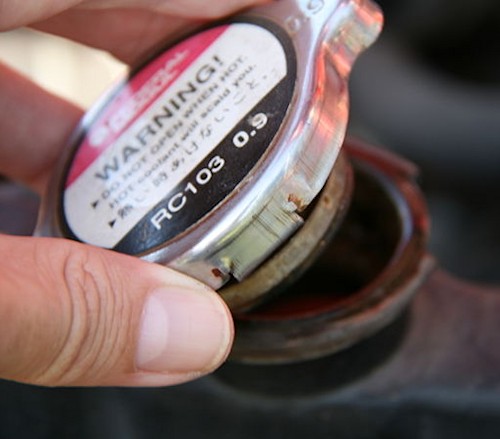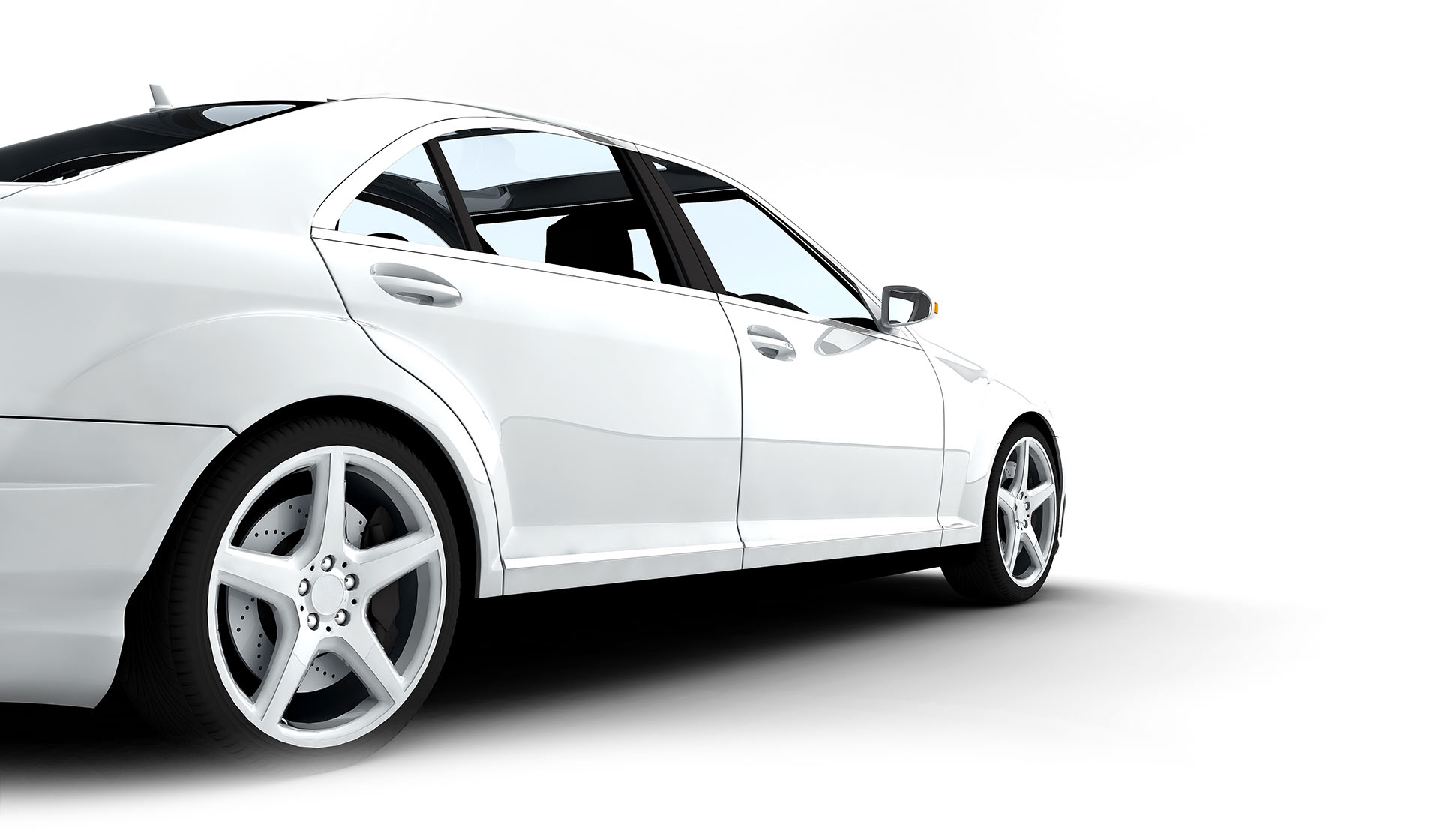Cooling Systems & Radiators
The cooling system on an engine is a major component and as such should not be overlooked. An overheated motor can result in irreparable and costly damage so it is important that it keeps its cool!
Smooth, safe running of your motor is dependent upon coolant circulation through the engine. As it circulates it picks up heat and passes on through the radiator where the air flow transfers the heat out.
There can often be circumstances where added pressure is placed on a cooling system to perform, eg. when towing and/or driving in extreme heat and as such it is imperative that the engine maintains a constant correct temperature.

The cooling system of a vehicle is made up of the following components:
- Radiator – Air flow cools coolant circulating through the radiators tubes which then flows back through the motor at a lower temperature.
- Radiator hoses and fittings – Made up of a series of rubber hoses that help transfer the water and coolant around the motor. Overtime these may become brittle and crack and will need to be replaced to maintain proper circulation.
- Water pump – Driven by the vehicles engine normally via belts, the water pump pushes the water and coolant through the circulatory system. The water pump needs to be checked regularly for signs of corrosion or leakage.
- Thermostat – The thermostat controls the flow rate of water and coolant through the cooling system of an engine. It is responsible for maintaining the correct temperature of the engine and may cause numerous problems including an overheated motor if not functioning as it should.
- Electric cooling fan(s) – During regular driving air is passed through the radiator to cool the fluid within. When this air flow is not sufficient, eg. When stationary, the cooling fans operate to draw air through the radiator. You may often hear the fans turn on and off when you are not moving in traffic so to maintain efficient cooling.
Your engine should maintain a constant level of coolant in its system to avoid overheating issues. Should your engine be losing water and / or overheating, we can provide comprehensive testing with pressurising equipment to locate problems and quote you on repairs.
Always monitor you water level and be aware if the car is losing any (you may not necessarily notice leakage).
ALWAYS take care when checking water levels in radiators due the risk of high temperature liquids and skin contact. It is best to let the engine cool for some time before opening radiator cap or cooling system reservoir.
We also carry out repairs to engines that have been damaged as a result of overheating. This can include head gasket damage sustained by excessive heat. If left unchecked a blown head gasket may result in major damage to your cars engine.
Blown head gaskets can be indicated by the following symptoms:
- Excessive coolant loss
- Water in the engine oil resulting in milky coloured oil
- Oil in the water
- Water and coolant leaking into the cylinders
- Blue or white smoke coming out of the exhaust pipe
- Water coming from the exhaust pipe
- Overheating
- Rough idle and or loss of power
- Rusty or fouled spark plugs
The extent of damage is not always known until the engine has been stripped down and the cylinder head has been inspected. In some cases the gasket may need to be replaced and the cylinder head can be machined to correct any defects. However, in severe cases, the head may be beyond repair and require replacement. This sort of repair is classed as a major repair and the time frame on such repairs is normally around 3 days.

